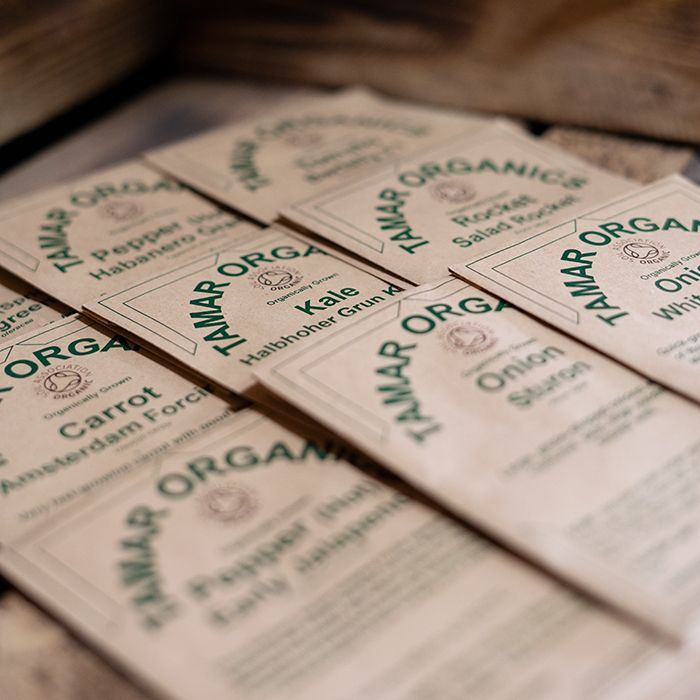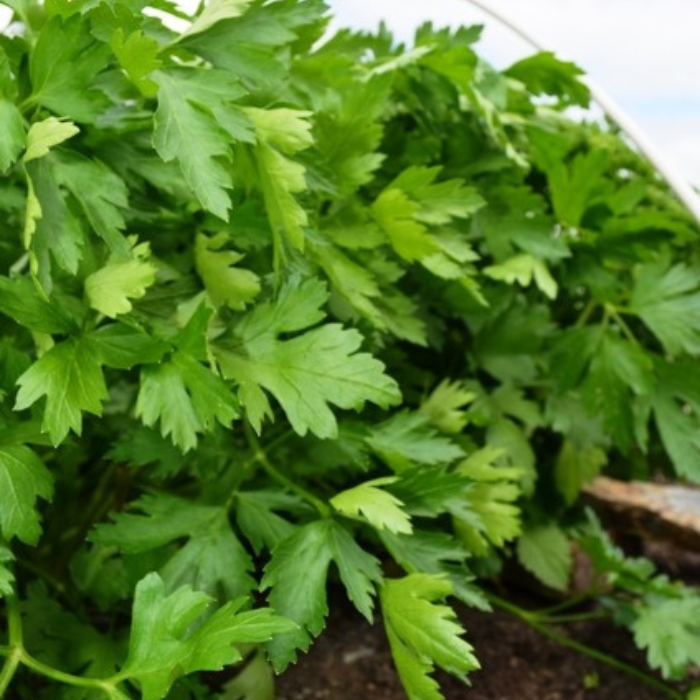Description
ORGANIC PARSELY SEEDS
Parsley: Italian Giant
Petroselinum crispum
Approximately 600 seeds
It's interesting to note that parsley is actually a herb that belongs to the same Umbellifer (Apiaceae) family as carrots and celery, despite being commonly found in the vegetable section of seed catalogues. Although it can be tricky to germinate, parsley is often grown in long rows in vegetable gardens for easy harvesting. In the past, various methods have been suggested to aid germination, including pouring hot water into the planting drill. According to folklore, parsley will only grow where the woman of the house is in charge. For optimal results, it's recommended to use fresh parsley seeds, as they tend to lose viability quickly. There are three main types of parsley: curly, flat or plain leaved, and tuberous rooted (primarily grown for the parsnip-like root). As a biennial plant, it's possible to leave parsley in over winter for early spring pickings, but be sure to remove the plants when new season plants are ready, otherwise, the old ones will only go up to seed.
PESTS AND DISEASES
There are a few fungal diseases that effect parsley. Plant in quite free draining soil, not too close together and try not to water from above. Aphids can also be a problem but generally parsley is easy to grow and trouble free.
HOW TO GROW:
Grow in the miscellaneous bed of your rotation or as a border for French or runner beans in your legume section. Sow seed as a pinch in February in pots or modules, in good organic compost at 13 degrees C. Pot up modules into 8 cm pots and then transplant them to their outside position in April.
Later sowing can be made directly into the growing site from April onwards. Make drills 1 cm deep and scatter in the seed. Thin to a final spacing of 20 – 25 cms.
HOW TO USE:
Parsley is extensively used as a garnish or chopped and sprinkled over dishes for its vibrant green colour and fresh flavour. It is essential, with mint, in tabbouleh and can be used in pesto in place of basil to accompany pasta. It is invaluable to flavour soup. It makes the classic parsley sauce, traditionally served with fish, but the sauce is also excellent with new potatoes.


